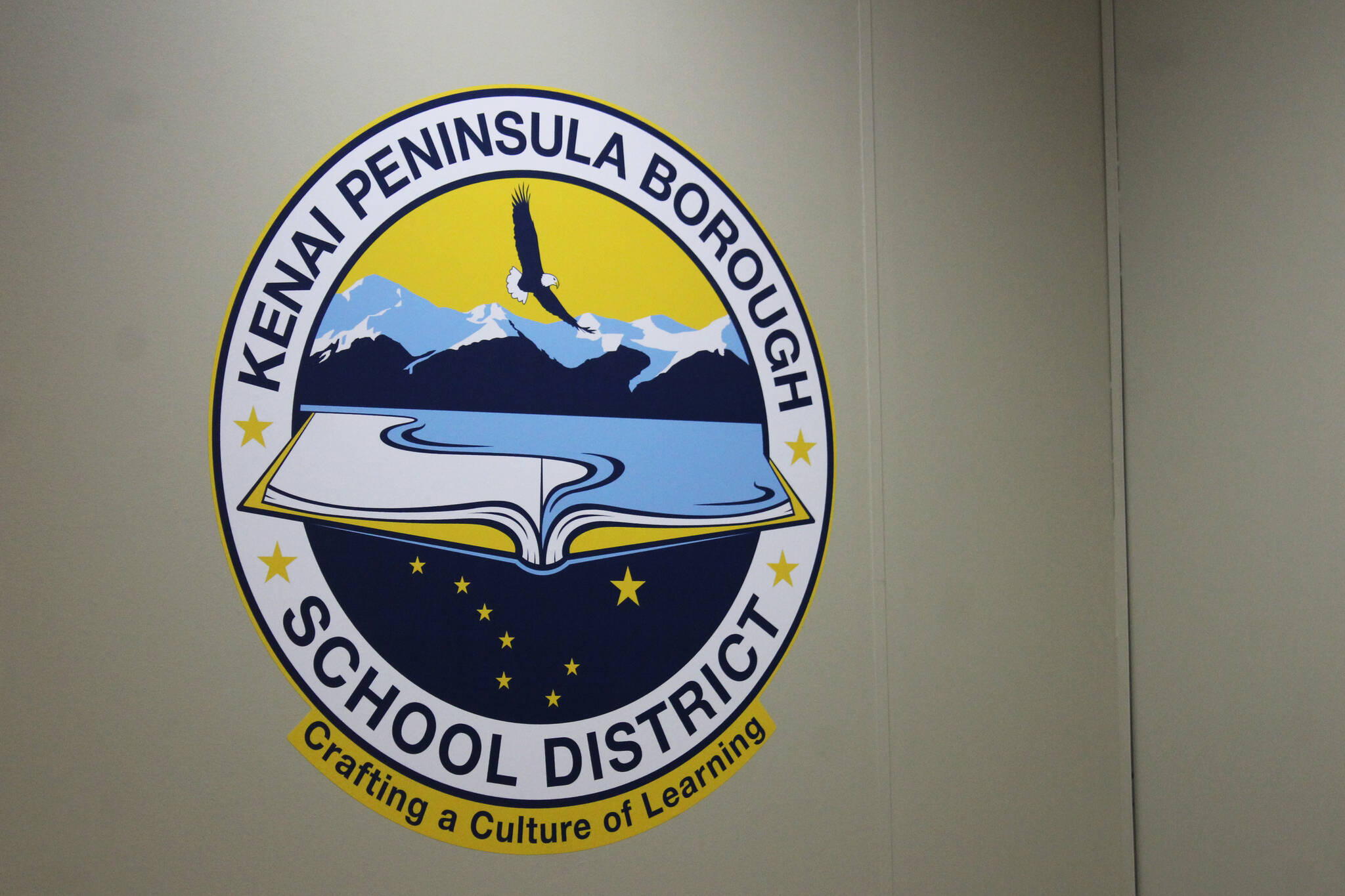As the Kenai Peninsula Borough School District works to fill a projected gap between revenues and expenditures for the upcoming fiscal year, fresh attention is being given to state dollars the district may be missing out on — those given to non-KPBSD home-schooled students.
State funding for school districts is tied to enrollment. The more students a district has, the more money that district gets. With the district facing a budget deficit, some say more work should go into boosting the district’s Connections home-school enrollment among peninsula students enrolled in non-KPBSD home-school programs.
Kenai Peninsula Borough mayoral candidate Peter Micciche told KPBSD Board of Education members during a work session earlier this month that there should be a concentrated effort to promote what KPBSD’s Connections program offers as a way to recapture state funding going to Galena.
“We need to really put the effort out through Connections to bring that money back to this district,” Micciche said. “It really needs to be an all hands on deck effort. We simply can’t afford it.”
If all the school-age Kenai Peninsula Borough students currently enrolled in a non-KPBSD home-school program decided to enroll in Connections for next school year, the amount of money KPBSD receives from the State of Alaska would increase by about $7.7 million for the upcoming fiscal year, Kenai Peninsula Borough Finance Director Elizabeth Hayes said.
Enrollment in Connections jumped during the COVID-19 pandemic. More than 20% of all KPBSD students were enrolled in Connections in October 2020. That percentage has fallen in the years since — to about 13.6% in January.
Hayes told the Clarion last week that there are more than 1,400 school-age children on the Kenai Peninsula who attend a home-school program that is not Connections. The majority of those students — about 95% — are enrolled in Interior Distance Education of Alaska, or IDEA, Alaska’s largest and longest running home-school program, which operates within the Galena City School District.
More than 70 students on the Kenai Peninsula, Hayes said, participate in nine other home-school programs, such as those offered by the Denali Borough, Mat-Su Borough and Chugach school districts.
Doug Hayman is the principal of Connections. He said Connections is working on ways to better promote itself as an alternative learning option. The target is students who already participate in a home-school program, not necessarily students enrolled in brick-and-mortar schools.
“If (a family has) already chosen home-school as their venue of education, we’re working on some promotions that would make it not only financially, but, also through our programming and our events, more attractive, to be here,” Hayman said.
For each home-school student, school districts receive 90% of what they receive for a brick-and-mortar student, Hayman said. That’s because Alaska doesn’t have to cover transportation costs for correspondence students. About half of a correspondence student’s state allocation goes directly to that student’s parent to be used for things like curriculum materials.
Hayman said a key difference between correspondence schools like IDEA and Connections is Connections’ affiliation with KPBSD. If a non-KPBSD home-school student wants to take a class at a local school, their state allocation is broken up — some of it goes to that brick-and-mortar school. The same is not true of Connections students, who can take classes at a local high school without having to break up their allocation.
“They can still take full advantage of their allotment through Connections,” Hayman said.
The push to bring more students into the Kenai Peninsula Borough School District comes as the district is already working to expand the types of courses that can be offered to students, regardless of where they live in the borough. Expansion of remote learning opportunities is a stated priority of KPBSD Superintendent Clayton Holland.
Amanda Adams is KPBSD’s virtual learning and professional development coordinator. The key difference between correspondence learning and remote learning, she said, is whether or not a student’s learning is parent-led or teacher-led. Students who take advantage of remote learning opportunities are still enrolled at their local brick-and-mortar school, while correspondence learning is parent-led.
Expansion of the KPBSD’s hybrid learning program, Adams said, is where efforts are currently being concentrated. The hybrid learning program allows students to take classes in person and online.
“There are some scheduled pieces that make people have to make selections, just like you would in any other master schedule, at a college or anywhere else,” Adams said. “But if things can be fit into the schedule, there’s not a limitation on who can take what — it’s accessible across the district.”
More information about KPBSD’s budget process, remote learning options and Connections can be found on the district’s website at kpbsd.org.
Reach reporter Ashlyn O’Hara at ashlyn.ohara@peninsulaclarion.com.


